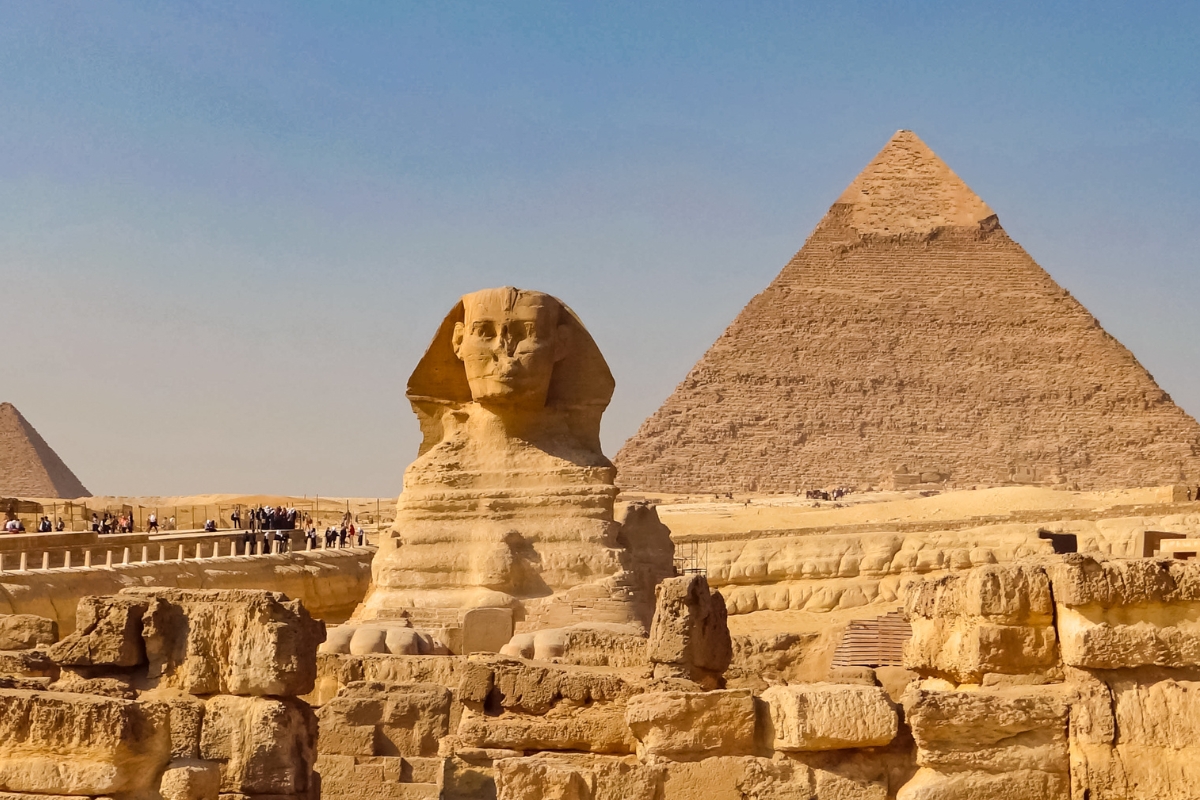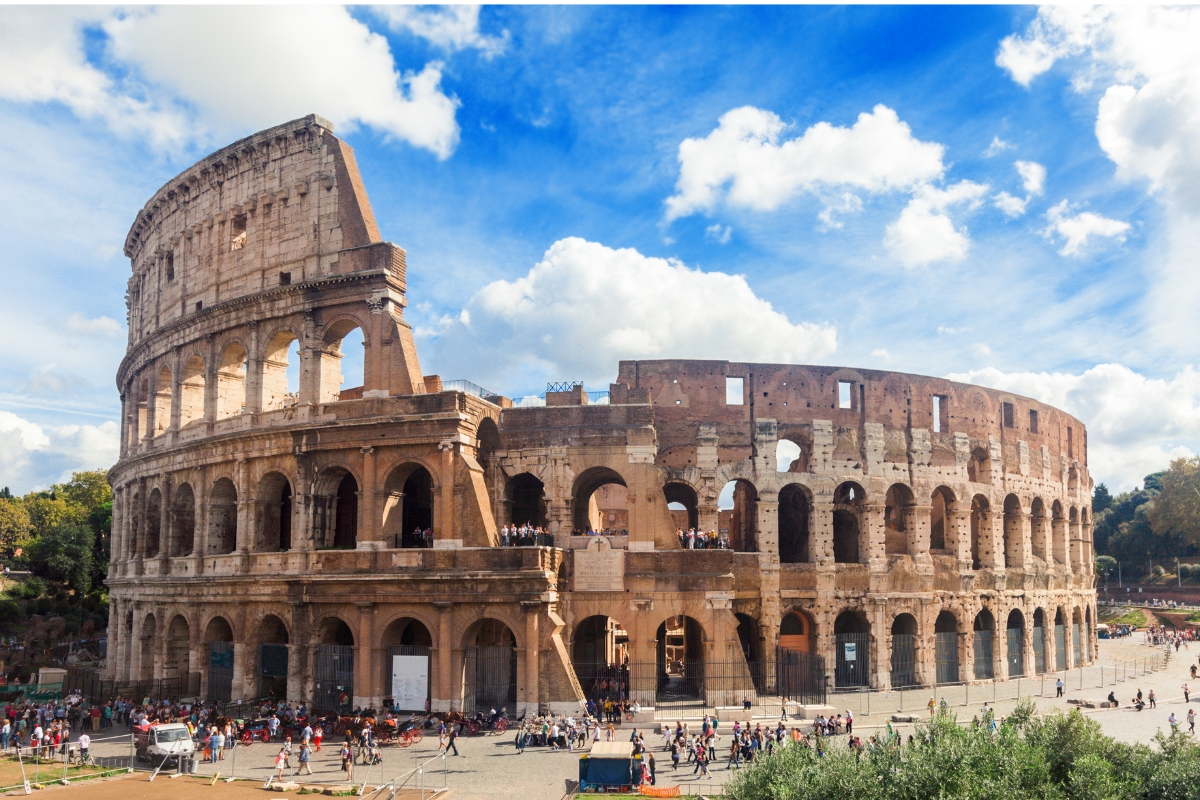Metrology, the science of measurement, stands as a fundamental discipline whose evolution mirrors the advancement of human civilisation itself. From constructing ancient monuments to developing high-tech industries today, metrology has been indispensable in shaping the world.
This article will take you through the history of metrology, exploring how it has developed and influenced every part of our lives.
Metrics Ancient Beginnings
The earliest known measures were based on body parts such as the foot, the arm length, and the distance from the elbow to the top of the middle finger. This ancient measurement of length was known as the cubit.
It can be traced back to ancient civilisation, whereby standard measurements emerged from practical activities such as farming, building and trading. However, as the length of body parts varied significantly from person to person, it led to inconsistencies.
The Egyptian Cubit
To produce uniformity, around 3000 BCE, the Egyptians made a master cubit out of a block of granite, using the length of the Pharaoh’s forearm from the bent elbow to the tip of the extended middle finger plus the width of the palm of his hand. The Royal cubit was 523 to 525 mm (20.6 to 20.64 inches) in length and subdivided into 7 palms of 4 digits each, for 28 parts.
The Egyptians were so strict with accuracy when constructing the pyramids that consisted of two and a half million blocks of limestone and granite that the workers were ‘required to bring back their cubit sticks at each full moon to be compared to the royal cubit master. Failure to do so was punishable by death.’
The Roman Mile
Around the time Julius Caesar reformed the calendar, he approved the method for measuring long distances using 1,000 paces, each consisting of two steps . The Roman mile consisted of 1000 paces, where the ‘pace’ or double-step was defined as 5 Roman feet, so the Roman mile was 5,000 Roman feet. This developed through their experiences of marching to different nations throughout their periods of conquest.
As they believed that Rome was the centre of the world, they built small obelisk statues on each Roman road to indicate the distance from Rome. This is where the idiomatic phrase: ‘All roads lead to Rome’ comes from, for during the Roman Empire, it was believed that all roads radiated out from the capital.
Roman’s Contribution to the Pound
It’s believed through the history of metrology that the Romans measured mass using scales called Libra Pondo. ‘Libra’ in Latin means scales, and the word pound is derived from the term ‘pondo’ , referring to the weight placed on the pan of the scales. The libra was divided into 12 ounces derived from the word for a twelfth – uncia.
As a result, in Rome, there were 12 ounces (uncia) in a pound. The libra measurement was embedded deeply into Roman daily activities. For instance, Roman soldiers’ rations and pay were calculated using this system. It was also heavily used for trading and taxation.
After the fall of the Roman Empire, the libra continued to impact the development of weight systems in Europe. The various kingdoms and states that succeeded Rome adapted and modified the Roman system according to local needs, leading to a proliferation of pound standards across the continent in the 19th and 20th centuries.
France’s Metric System
According to the BBC, before the French Revolution, an estimate of at least 250,000 different units of weights and measures were used during the Ancien Régime. However, the French Revolution sought to change that by taking power away from the monarchy and the churches and overthrowing old traditions and habits.
As a result, in 1799, a practical metric system was rolled out, adopting a decimal framework centred around the kilogram and the meter.
The meter was defined as one ten-millionth of the distance from the North Pole to the Equator along the meridian through Paris, while the kilogram was defined as the mass of a litre of water at the freezing point. These revolutionary measurements, which form the foundation of the meter and the kilogram, continue to be used today.
The Seven SI Base Units
In 1960, the General Conference on Weights and Measures (CGPM) decided to advance metrology by establishing the International System of Units (SI). This was a significant step towards creating a unified and coherent system of measurements to be used globally, enhancing communication and efficiency across scientific, industrial, and educational fields. The seven SI base units defined were:
- Meter (m) for length
- Kilogram (kg) for mass
- Second (s) for time
- Ampere (A) for electric current
- Kelvin (K) for thermodynamic temperature
- Mole (mol) for the amount of substance
- Candela (cd) for luminous intensity
This adoption facilitated the standardisation of measurements across different regions and laid the groundwork for future advancements in measurement science, including the development of precision measurement equipment. It ensured consistency and accuracy in scientific research and industrial processes, marking a pivotal moment in the history of metrology.

Jeff Eley is the founder and managing director of Eley Metrology, a leading company in the precision measurement industry. With decades of experience in metrology, Jeff has established himself as a respected figure in the field. Under his leadership, Eley Metrology has become renowned for its expertise in coordinate measuring machines (CMMs), digital height gauges, and granite metrology products. Jeff’s vision has driven the company to develop innovative solutions, including custom-designed CMMs and the flagship long-bore measurement machine (LBM). His commitment to excellence and customer-centric approach has positioned Eley Metrology as a trusted provider of high-precision measurement tools and services for industries such as aerospace, automotive, and manufacturing.



